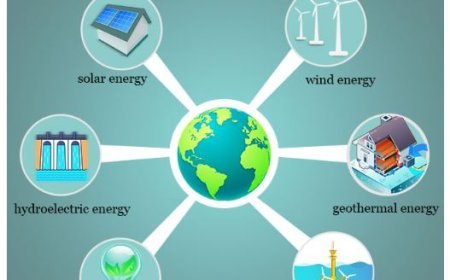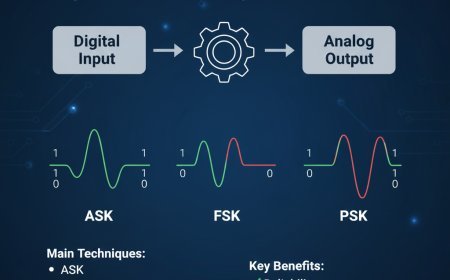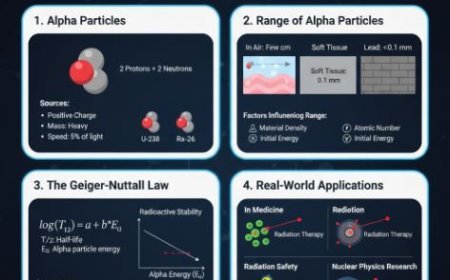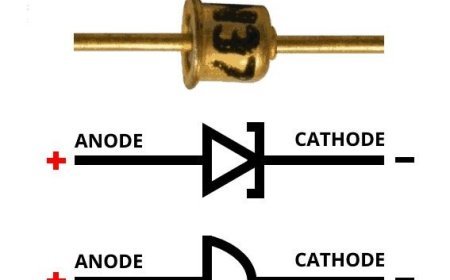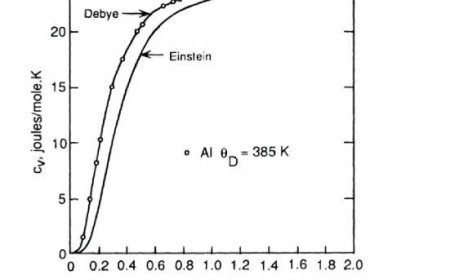Particle in a Box
The Particle in a Box model is a cornerstone of quantum mechanics, describing how a particle, such as an electron, behaves when confined within a rigid, impenetrable region. Represented as an infinite potential well, the model shows that a particle can only occupy discrete energy levels, leading to the concept of quantization. This simple yet powerful model helps explain the wave function, probability distribution, and zero-point energy of quantum systems. It also provides a foundation for understanding real-world phenomena like quantum dots, molecular orbitals, and electron transitions in atoms.

Particle in a Box
- The "Particle in a Box" model is one of the most important concepts in quantum physics.
- It demonstrates the fundamental behavior of quantum particles in a simplified system.
1. Introduction to Quantum Mechanics
Quantum Mechanics
- Quantum mechanics is the branch of physics that studies how particles behave at the atomic and subatomic levels.
- Classical physics describes a deterministic universe, but quantum mechanics introduces uncertainty and probability into our understanding of nature.
Particle in a Box
- The "Particle in a Box" model simplifies quantum physics by providing an idealized system.
- This model considers a particle, such as an electron, trapped inside a small, rigid region (the "box").
- It helps explain fundamental quantum principles without requiring complex mathematics.
2. Concept of the Box
Infinite Potential Well
- The box is modeled as an infinite potential well, meaning:
- Inside the box: The potential energy is zero.
- Outside the box: The potential energy is infinite, preventing the particle from escaping.
Dimensions of the Box
- The box is often considered one-dimensional for simplicity.
- However, the model can also be extended to two or three dimensions.
Boundaries of the Box
- Walls of the Box: The walls are impenetrable, meaning the particle bounces back whenever it reaches a wall.
- Length of the Box: The energy levels and wave functions of the particle depend on the width of the box (L).
3. Wave Functions and Quantum States
Wave Function (Ψ)
- The wave function (Ψ) is a mathematical function that describes the probability of finding a particle in a particular state or location.
- Inside the box, the wave function behaves like a standing wave that fits within the given boundaries.
Allowed Wave Functions
The wave function must satisfy the following conditions:
- Boundary Condition
- At the edges of the box, x = 0 and x = L, the wave function must be zero:
Ψ(0) = 0 and Ψ(L) = 0. - Normalization Condition
- The total probability of finding the particle inside the box must be 1, meaning:
∫ |Ψ(x)|² dx = 1 over the range 0 to L.
4. Quantization of Energy Levels
- A particle in a box has discrete energy levels, meaning it cannot have just any energy value.
- The energy levels are given by the formula:
Eₙ = (n²h²) / (8mL²)
where:
- Eₙ = Energy at level n
- n = Positive integer (quantum number)
- h = Planck’s constant
- m = Mass of the particle
- L = Length of the box
5. Implications of the Model
Probability Distribution
- The probability density of finding the particle at a certain location is given by |Ψ(x)|².
- Depending on the energy level, the particle is more likely to be found in certain regions of the box.
Zero-Point Energy
- According to the Heisenberg Uncertainty Principle, a particle can never be completely at rest.
- Even in the ground state (n = 1), the particle still has energy, called zero-point energy.
6. Real-World Applications
The "Particle in a Box" model helps explain many physical phenomena, including:
Quantum Dots
- Quantum dots are tiny semiconductor structures that trap electrons in three dimensions.
- Their energy levels behave like those in a particle-in-a-box system.
Molecular Orbitals
- The way electrons occupy energy levels in atoms and molecules is similar to a particle in a box.
- Electrons in chemical bonds exist at discrete energy levels.
Understanding Quantum Systems
- This model provides a foundation for studying more complex quantum systems.
- It helps explain phenomena like quantum tunneling, electron transitions, and the quantum behavior of gases.
What's Your Reaction?









